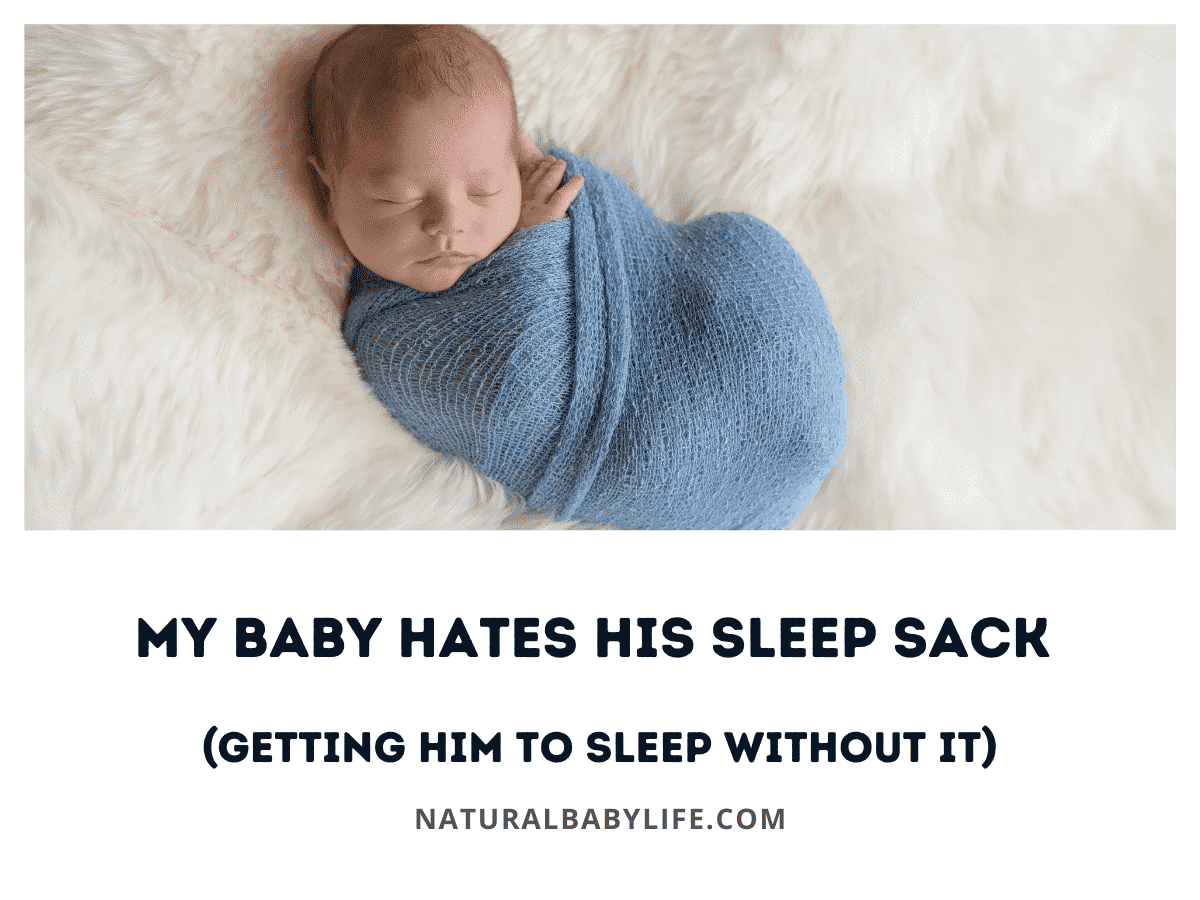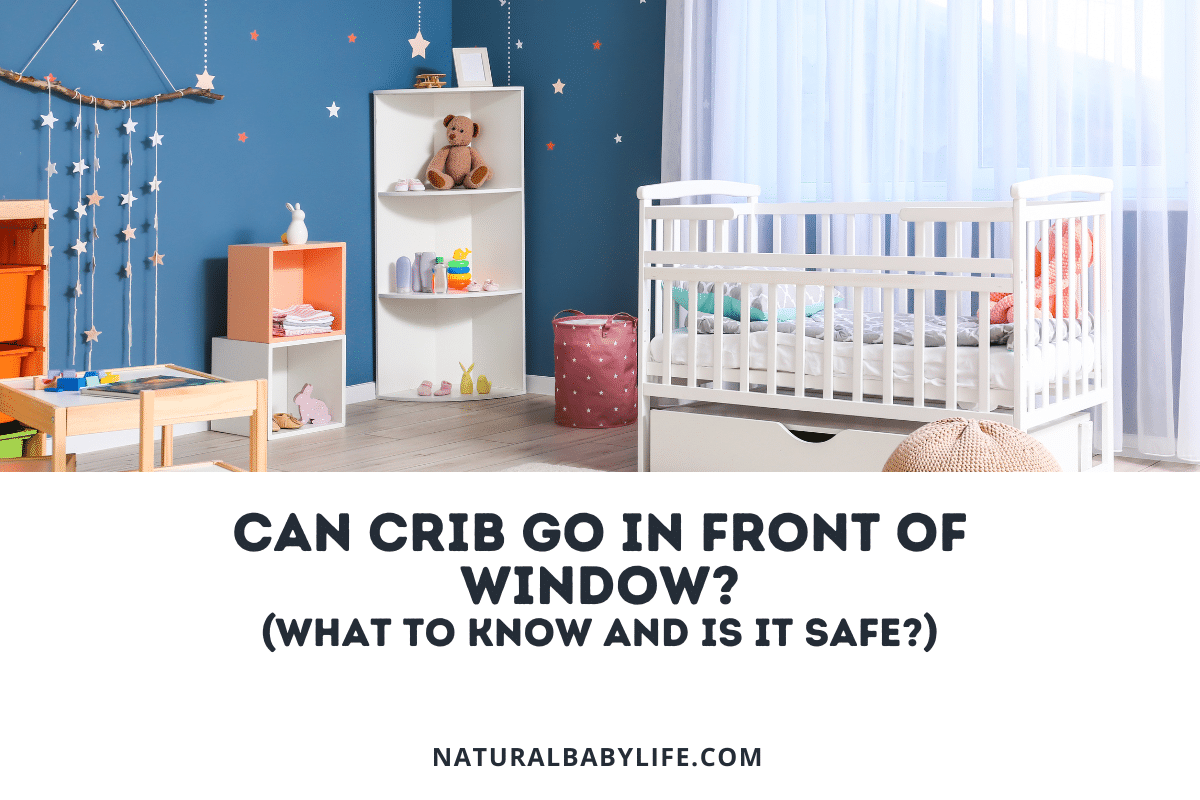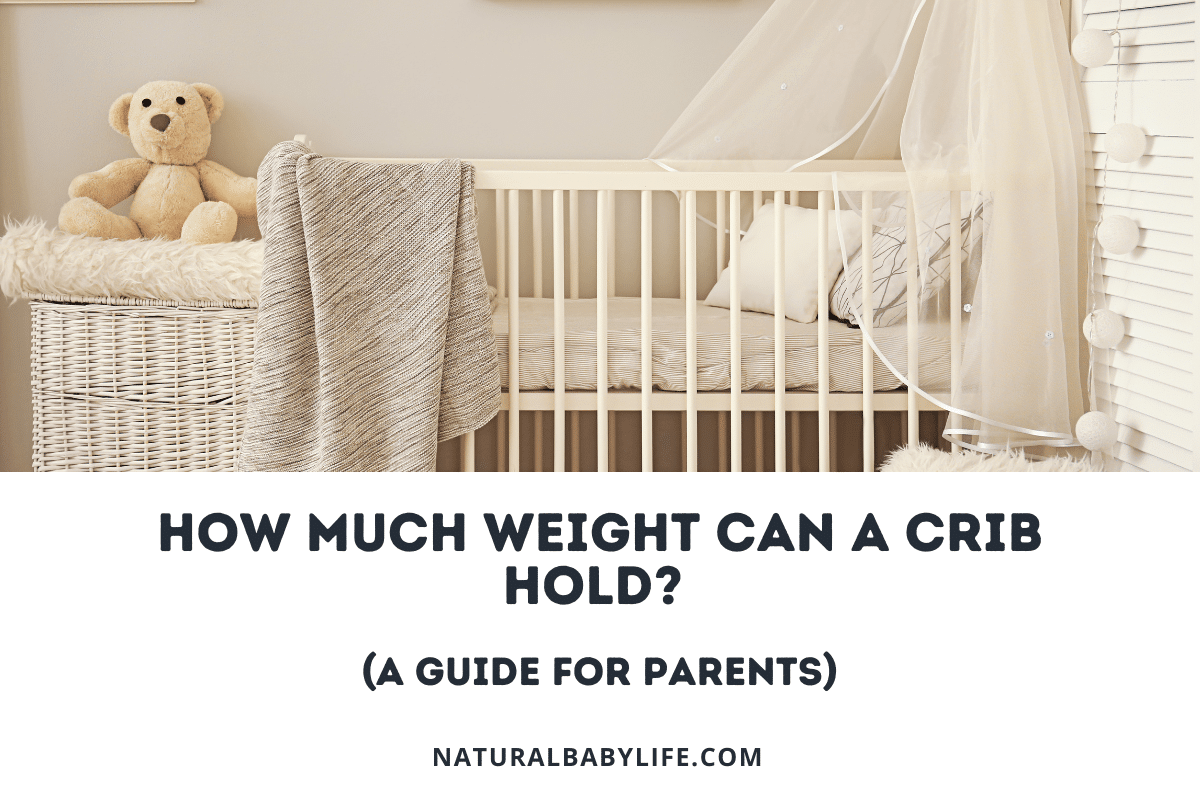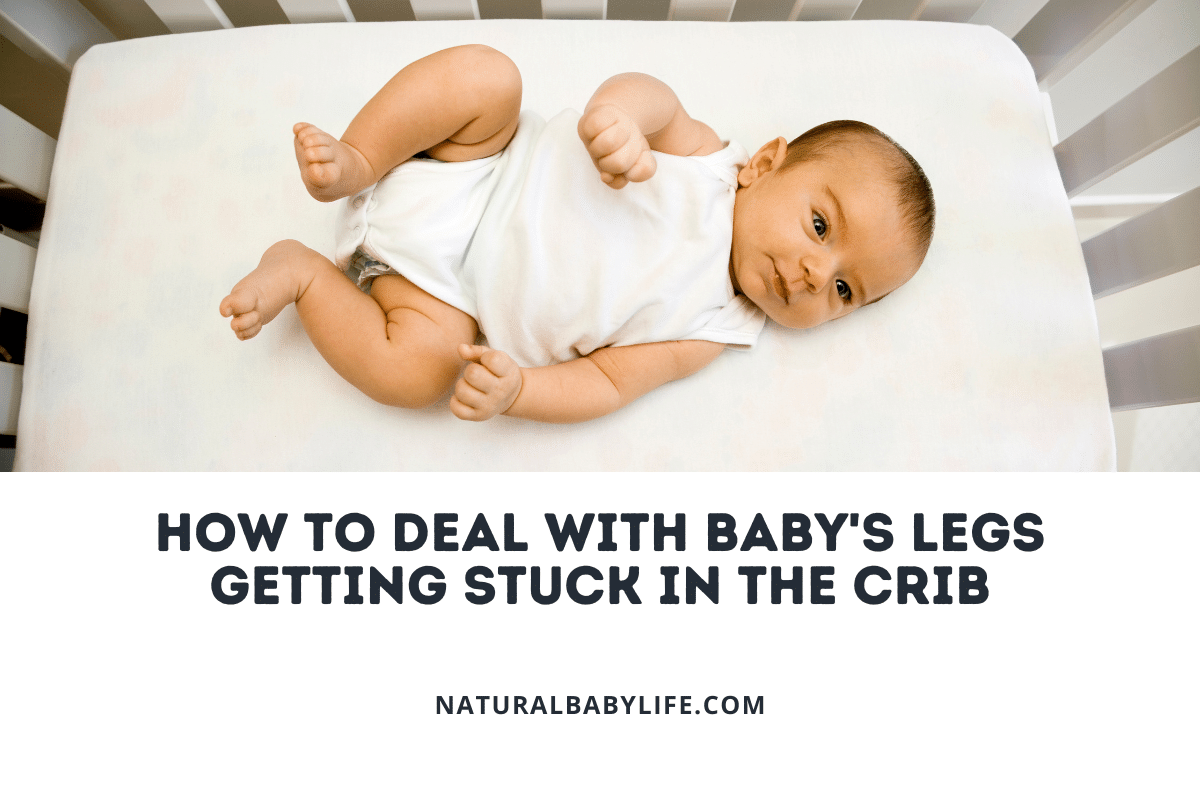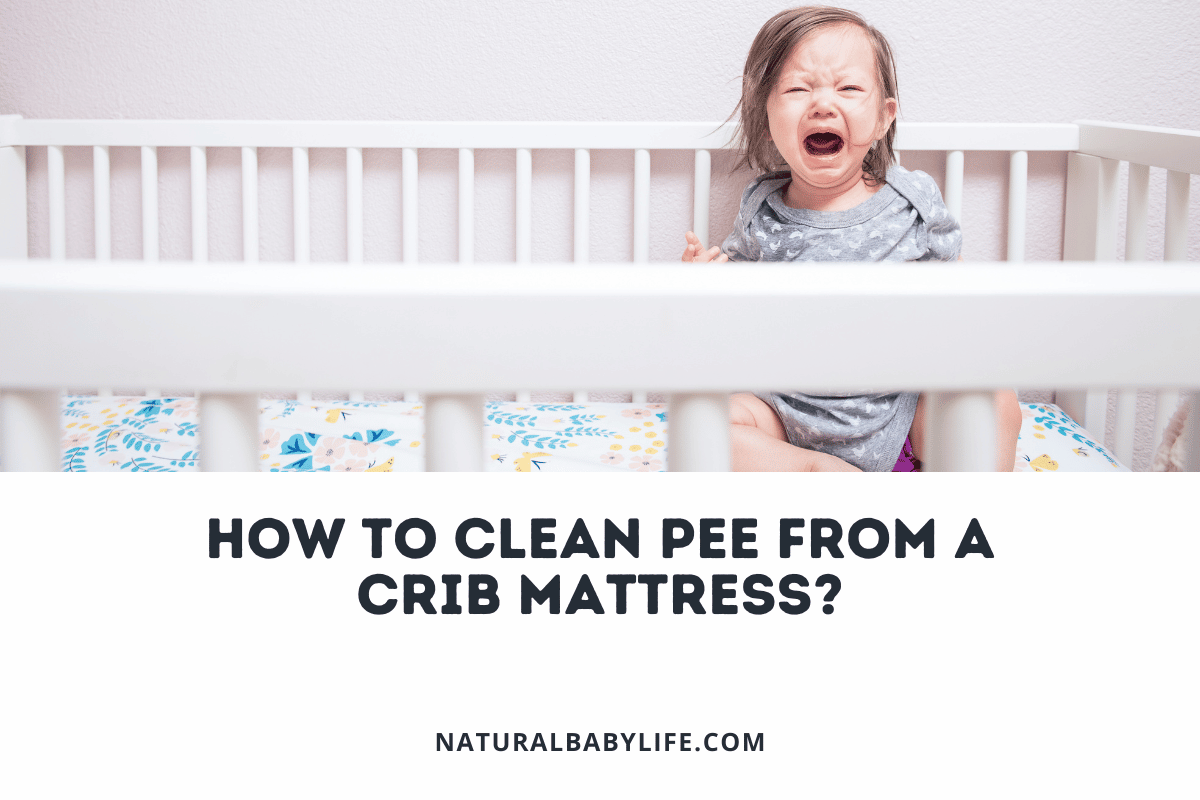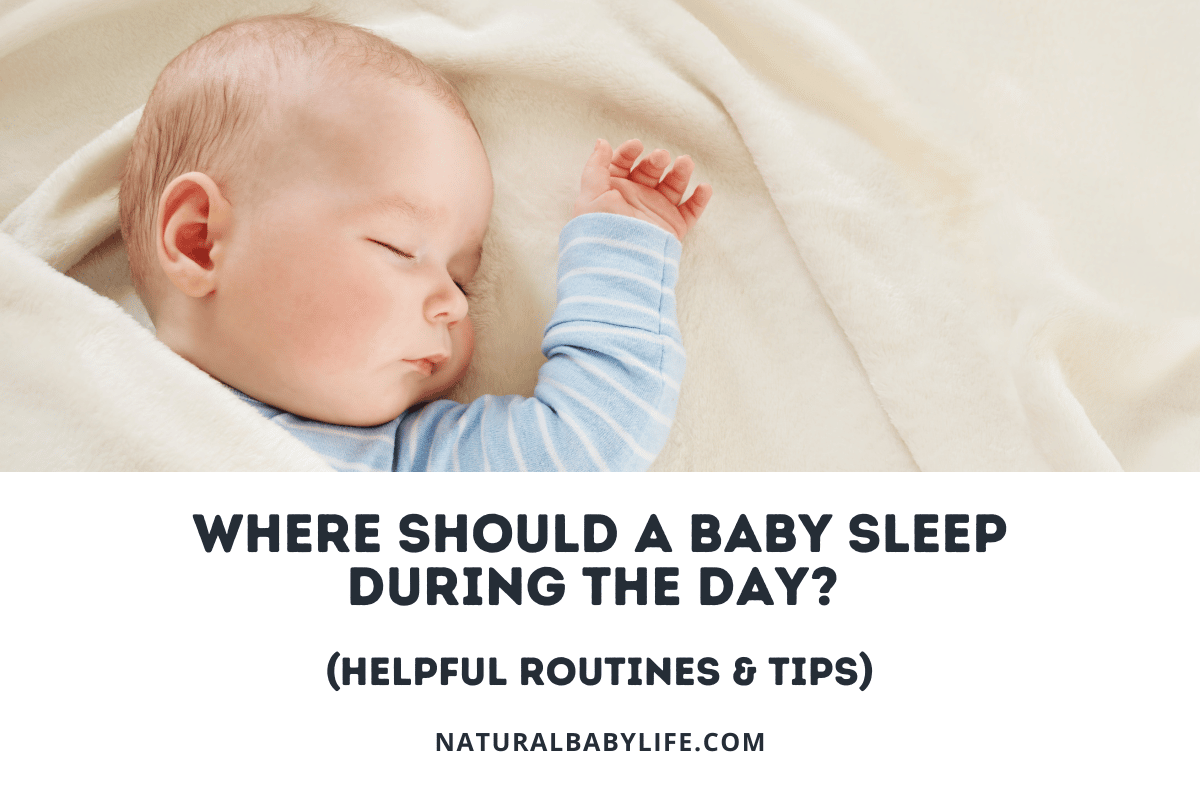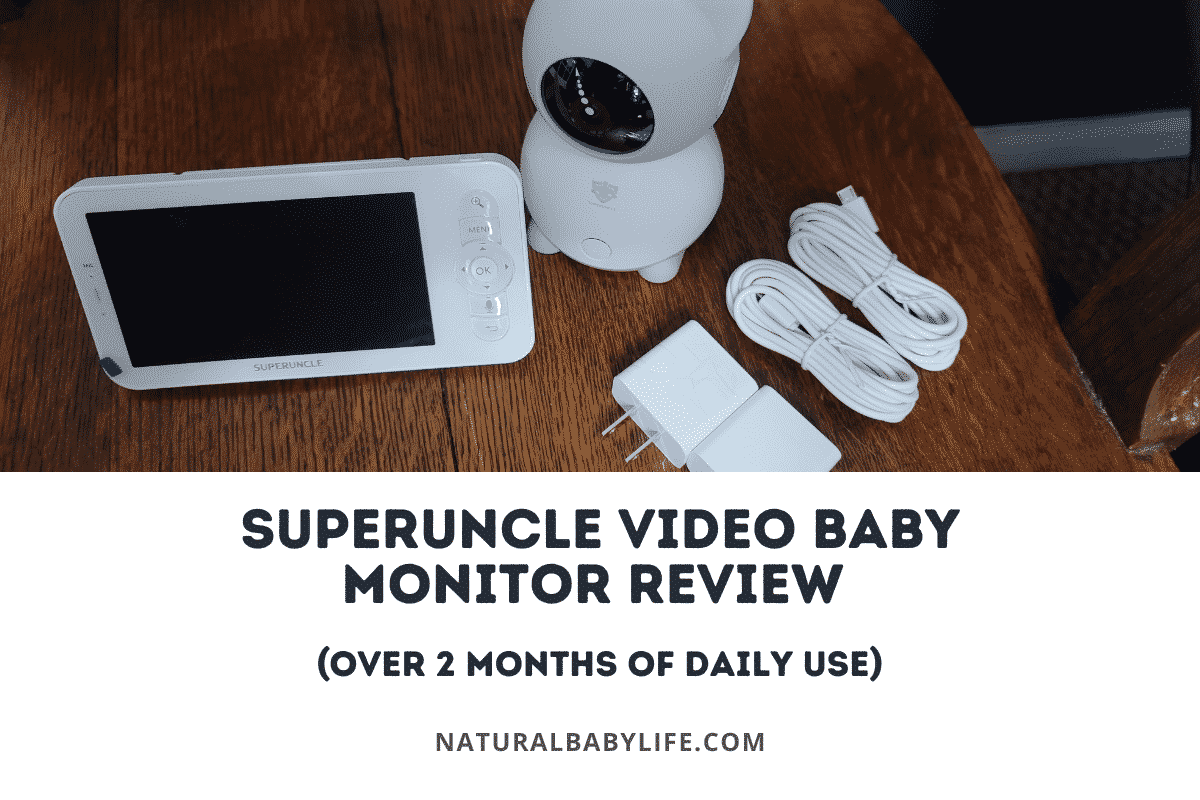Sleep sacks are like a snuggie for your baby: a wearable blanket that can keep your little one cozy, safe, and sleeping soundly. But even though this baby bedtime trend has been a blessing for many families, some babies absolutely hate wearing a sleep sack.
Don’t worry if your baby hates using a sleep sack; while some babies sleep best when they are all wrapped up, others don’t like feeling trapped or confined. If a sleep sack isn’t working for your little one you can try a swaddle, or just skip the extra blanket layer altogether and opt for footie pajamas, a gown, or even long pajama pants and socks.
Sleep sacks can be a great sleeping tool, but they must be used correctly. Keep reading for the scoop on sleep sack safety and safe sleeping guidelines to follow for your little one.
Table of Contents
Baby won’t sleep in sleep sack
Maybe your baby has always hated using his sleep sack, or maybe he’s just recently developed an aversion to it.
Regardless of the timing, the most common reason babies dislike sleep sacks is that the garment can restrict their movement. While some babies aren’t fans of swaddles or tight sleepwear from the moment they’re born, there are plenty of little ones who will enjoy a sleep sack for several months, and then hate the thing as soon as they start trying to roll over.
If your baby simply won’t sleep in a sleep sack anymore, you may find yourself wondering what to do to get your child to sleep comfortably.
Luckily, sleep sacks aren’t a mandatory sleepwear item. If a sleep sack just isn’t working for your little one, the best course of action is to find a type of bedwear that your child is comfortable with. Blanket swaddles work well for some newborns, and footie pajamas are always a safe and cozy choice for your little one to wear to bed.
Why do babies like sleep sacks
Sleep sacks and swaddles have some very similar perks: babies wearing a sleep sack often feel more comfortable and safe, as the snug wrappings mimic the feeling of the womb or the cuddle of a trusted adult.
Babies often startle when they’re falling asleep, but sleep sacks and swaddles can help keep a little one’s arms and legs close, calming him down enough to drift off to sleep. Some babies also like the added warmth a sleep sack can provide.
Swaddles and sleep sacks also help tamp down on your baby’s Moro reflex, an involuntary startle response that makes your child suddenly stretch out their arms and legs if they feel like they’re falling.
Baby wakes up fighting sleep sack
As babies get older, they may begin to wake up fighting against their sleep sack. This usually happens around developmental milestones when your little one is learning how to do new things.
As babies learn how to roll, they may fight hard to get out of their sleep sack so that they can roll around unencumbered. Once your little one has started to roll, you should make sure he only wears sleeveless sleep sacks. Not only will your baby have an easier time rolling, but with his arms free he won’t become stuck lying face down in his crib (which can be a safety hazard).
When your baby begins to crawl, he may start fighting against his sleep sack again, this time because the sack is interfering with his crawling abilities. At this point, you can either switch to a sleeping bodysuit (kind of like extra-fluffy footie pajamas) or stop using the sleep sack entirely.
What is a sleep sack?
There are lots of different types of bedwear products that can help your little one sleep well, and it can be tricky to keep track of them all. Here’s a quick description of sleep sacks and other common baby sleeping products:
Sleep Sack
I like to think of sleep sacks as a baby snuggie: they act as wearable blankets for your little one, keeping your baby warm without the possibility of fabric coming loose in the crib.
Most sleep sacks are made of cotton, wool, or fleece, and have zippers or snaps to easily come on and off. Sleep sacks are shaped like, well, sacks: they don’t have leg opens, which keeps your baby warm and cozy.
Swaddle
Swaddles have been used to wrap babies for most of human history.
A basic swaddle can be made from a wrapped blanket, although there are ‘pre-folded’ swaddles that come with nifty velcro straps to keep the swaddle tight. Swaddles are often made of light cotton or muslin fabric.
Sleep Suit
Baby sleepsuits look a lot like snowsuits: they’re softly padded, but have distinct sleeves and pant legs to give your little one a bit more motion. They’re usually used for older babies who have started rolling or crawling.
Gown
Sleeping gowns are much lighter than sacks or swaddles and are meant to be used in place of regular pajamas.
Gowns often have little mittens that can fold over a baby’s hands, which keeps newborn babies from scratching themselves accidentally. Gowns are open at the bottom like a very long dress, which makes diaper changes much easier (no fumbling with zippers or snaps in the middle of the night!)
When can babies wear sleep sacks?
Sleep sacks work best for babies younger than 1-year-old and can be used immediately following birth.
Make sure your baby is always wearing a properly sized sleep sack. Common sizes are Preemie, Newborn (0-3 months), Small (0-6 months), Medium (6-12 months), Large (12-18 months), and Toddler (18+ months). Putting your baby in too large a size increases the risk of suffocation, while too small a size can be tight and uncomfortable.
After your baby hits the 8-week mark or begins to show signs of rolling, you should transition to a sleeveless sleep sack. Keeping your baby’s arms free will help your little one roll and move safely. Babies can wear sleeveless sleep sacks safely until they become tired of them.
How long do babies use sleep sacks?
Most babies will enjoy their sleep sack until they become more mobile.
Your little one may become frustrated by his sleep sack when he first begins to roll. Transitioning to a sleeveless sleep sack may help with the problem by giving your baby a bit more movement. Crawling, however, is a different matter. Sleep sacks just aren’t made to be crawled in, and if your baby is particularly mobile, he may stop using his sleep sack once he’s scooting and crawling around.
Most babies stop using their sleep sack before their first birthday, but it’s safe for your little one to continue using a properly-fitted sack for as long as he’s comfortable in it.
When to stop using sleep sack
You should let your baby tell you when he’s done using a sleep sack.
If your baby has outgrown his sleep sack, he may resist being put back into the sack, or become frustrated when he wakes up and can’t get out of the sack on his own. Older babies may even learn how to unzip or unbutton their sack without help, and you’ll wake up to find your baby sitting contently in his crib with his sleep sack tossed in a corner.
If your baby does learn how to get out of his sleep sack, you should stop using the sack immediately. Loose fabric in a crib can be dangerous before a child’s first birthday. Your baby may also get stuck trying to get out of the sleep sack, which can put him at risk of suffocation.
Are baby sleep sacks safe?
Although there aren’t many studies actively tracking sleep sack safety, the ones that have been conducted are promising.
A compilation of 4 different studies found that sleep sacks are just as safe as regular baby swaddles, and might even reduce the risk of SIDS (sudden infant death syndrome) for babies. Sleep sacks also keep babies at about the same temperature as a regular cotton swaddle, so overheating shouldn’t be a concern as long as the sacks are used appropriately.
Always follow the use instructions on sleep sacks, and make sure your baby is wearing a sleep sack that is the right size.
Are sleep sacks safe for babies who can roll over?
Sleep sacks are safe for rolling babies as long as the sacks are sleeveless.
Sleep sacks without sleeves can make it hard for a baby to roll over onto his back, and the baby may become stuck on his stomach, increasing the risk of suffocation.
If your baby has begun to show signs of rolling over, or has passed his 8-week birthday, you should switch to sleeveless sleep sacks without delay.
Why does my baby hate his sleep sack?
There are three main reasons most babies hate sleep sacks:
- Mobility – Some babies don’t like being restrained, even for bed. Sleep sacks can make it hard for your little one to move around, which can be frustrating.
- Temperature – Your baby might hate his sleep sack because he’s just too warm (or too cold!). Make sure your child is appropriately dressed for bed; he shouldn’t need more than a light pair of cotton pajamas beneath his sleep sack.
- Size – A sleep sack might become uncomfortable for your child if the sack is the wrong size. Too small a size can be extra tight, but too big a size won’t swaddle properly and can become a suffocation risk.
Ways to help baby enjoy the sleep sack
If your baby just isn’t loving her sleep sack, don’t give up!
You can try switching brands or finding a weighted style, experimenting with the pajamas under the sleep sack, or going up (or even down) a size. If that doesn’t work, your best option might be to give it a break and try something else entirely.
Switch Brands/Fabrics
Your baby might be too hot or too cold in her sleep sack, so switching to a different style or fabric might just do the trick. Different brands can also fit differently, which might let your little one sleep more comfortably.
Reevaluate Pajamas
If the temperature is a problem, you might not need to buy a whole different type of sleep sack. You can also change what your baby is wearing to bed beneath the sack. Too hot? Switch to lighter pj’s or even a cotton onesie. Too cold? Try footie pajamas beneath the sleep sack.
Try a Weighted Variety
Some sleep sacks come with a small, weighted section on the chest. This is supposed to mimic a parent’s calming touch, and it may just soothe your baby.
Check the Size
Make sure your baby is wearing the proper size sleep sack. The wrong size can be dangerous, as well as uncomfortable.
Take a Break
If nothing else is working, try taking a break from the sleep sack and coming back to it in a few days. Your baby might just be going through a growth phase and doesn’t want to be hampered with her sleep sack while she’s trying to move around and explore.
Can a baby sleep without a sleep sack?
Yes, a baby can definitely sleep without a sleep sack!
Regular swaddles have been used for thousands of years to help keep babies warm and comfy while they sleep, and they’re still a great option. Rocking bassinets, pacifiers, and a consistent bedtime routine can all help your baby sleep peacefully.
Swaddles
There’s no problem going old-school with your baby’s sleepwear.
A soft, well-wrapped swaddle is an excellent alternative to pricier sleep sacks.
Muslin swaddle blankets are particularly useful: the soft, stretchy fabric makes creating a baby-proof wrap job easy!
Rocking Bassinets
Soft, rocking motion can help a fussy baby drift off to sleep, and thanks to modern technology, you may not even have to do the rocking!
The SNOO Smart Sleeper Bassinet includes specialized sleep sacks that attach to the motorized bassinet base. You can control the motion of the bassinet with a nifty smartphone app, and even set up white noise levels to help your baby snooze. The SNOO might be a bit pricey, but even a manually rocking bassinet can help soothe your little one.
Pacifiers
Pacifiers are a must-have for many babies. Not only can pacifiers help your baby self-soothe if he’s up at night, but sucking on a pacifier can actually help minimize the risk of SIDS.
Bedtime Routine
The best way to help your baby sleep soundly is to stick with a consistent bedtime routine.
Overstimulation right before bed can make it hard for your baby to settle, so try calming activities such as bathtime, reading, or listening to quiet music. You should also try to put your baby to bed when she’s sleepy but still awake so that your little one gets used to falling asleep in her bed.

